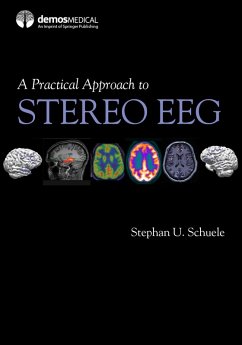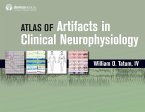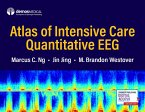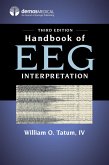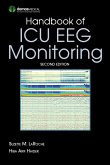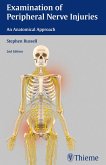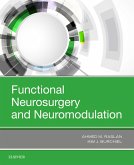Stereo EEG has revolutionized the way invasive EEG explorations are performed, facilitating the assessment of more complex cases with increased precision, a lower surgical risk, and better patient outcomes. A Practical Approach to Stereo EEG is the first dedicated reference on stereoelectroencephalography written for trainees, physicians, and technologists involved in invasive EEG evaluation and monitoring. This go-to resource provides a practical overview of the concepts, methodology, technical requirements, and implantation strategies for common and uncommon surgical epilepsies amenable to stereo EEG. Including over three hundred detailed figures, anatomical drawings, and MRI correlations, this guidebook is an indispensable tool for anyone training, practicing, and teaching in the field.
With chapters written by leading experts from around the world, the book is divided into 10 sections covering noninvasive evaluation, technical aspects, electrode planning, practical approach for specific epilepsies, surgical placement in adults and children, interpretation, brain mapping, surgical procedures, and outcomes. Chapters integrate highlighted key concepts with illustrative case examples throughout to enhance clinical applicability. Four detailed case discussions of specific epilepsy syndromes covered in the book are also available online to demonstrate the process of patient evaluation, surgical planning, and decision-making in a multidisciplinary patient management conference.
A Practical Approach to Stereo EEG is the essential comprehensive clinical handbook for practitioners at any level of training or experience involved in invasive EEG evaluations or working at surgical epilepsy centers.
Key Features:
With chapters written by leading experts from around the world, the book is divided into 10 sections covering noninvasive evaluation, technical aspects, electrode planning, practical approach for specific epilepsies, surgical placement in adults and children, interpretation, brain mapping, surgical procedures, and outcomes. Chapters integrate highlighted key concepts with illustrative case examples throughout to enhance clinical applicability. Four detailed case discussions of specific epilepsy syndromes covered in the book are also available online to demonstrate the process of patient evaluation, surgical planning, and decision-making in a multidisciplinary patient management conference.
A Practical Approach to Stereo EEG is the essential comprehensive clinical handbook for practitioners at any level of training or experience involved in invasive EEG evaluations or working at surgical epilepsy centers.
Key Features:
- Covers all practical aspects of stereo EEG, including the methodology, technical requirements, and strategies to successfully perform and interpret invasive monitoring
- Highly illustrated cases are interwoven within chapters to heighten clinical use
- World-class contributors with global expertise provide hands-on experience in successful use of stereo EEG in complex situations
- Additional online chapter-based narrated cases discuss specific epilepsy syndromes
Dieser Download kann aus rechtlichen Gründen nur mit Rechnungsadresse in A, D ausgeliefert werden.

